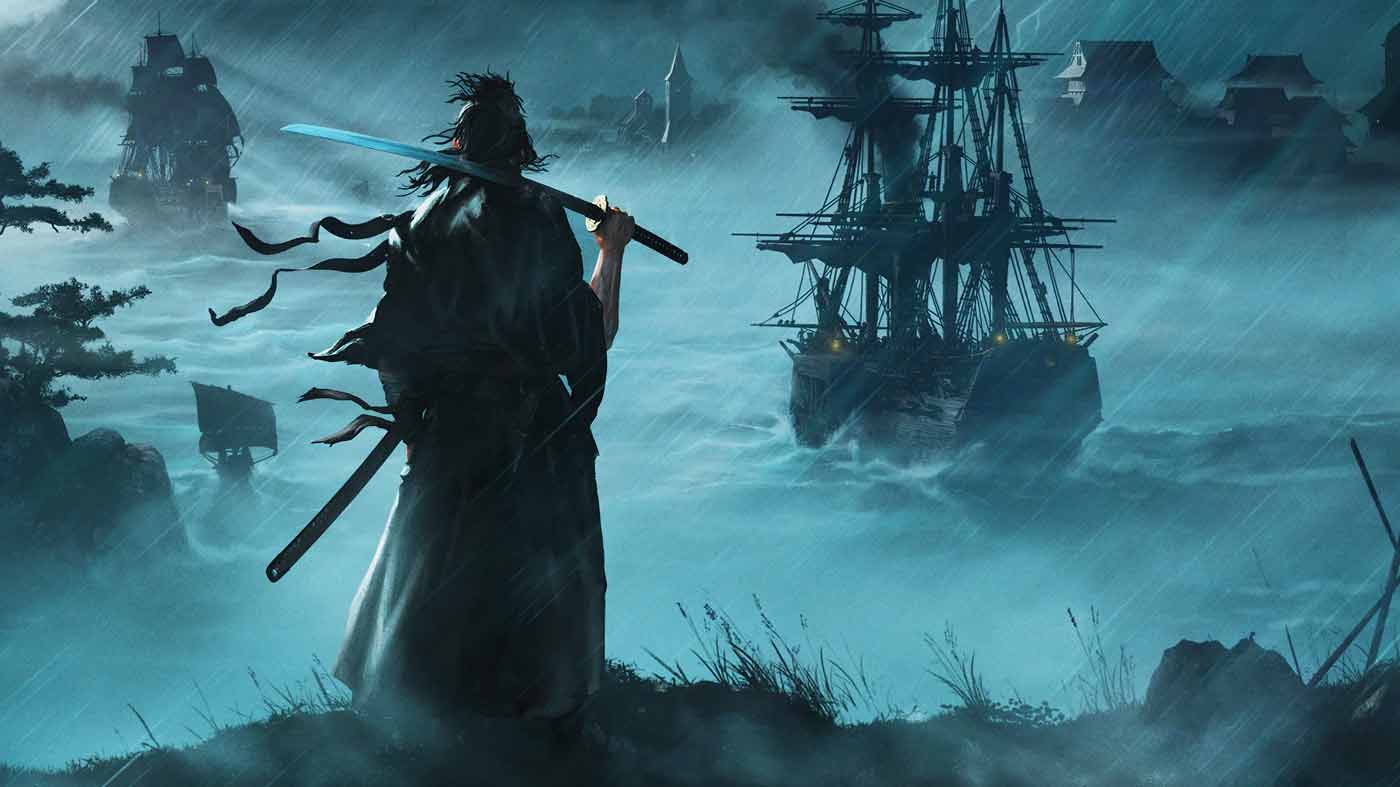If you look at the trajectory of Team Ninja’s recent ventures, it becomes clear that a fully-open world title was on the cards. Comparisons to FromSoftware’s own catalogue aside, the success of Elden Ring was always going to spur on more non-linear Souls-likes for better and for worse. There are many pieces to this puzzle, though. It’s no easy feat to rise to the top of this sub-genre, requiring an elaborate combination of meticulously tuned challenge, intuitive world design, and tight combat systems. It’s a difficult balance to strike before even thinking about the countless implications of a more open setting.
These elements, amid countless other comparisons, mean that Team Ninja really had their work cut out for them with Rise of the Ronin. A culmination of their recent titles stretching back to 2017’s Nioh while also looking to appeal to a new audience that are typically averse to the Souls-like label and its trappings. While Rise of the Ronin has sparks of brilliance, its muddled identity, disparate elements and frustrating third act hold it back from reaching the same heights as Team Ninja’s best.
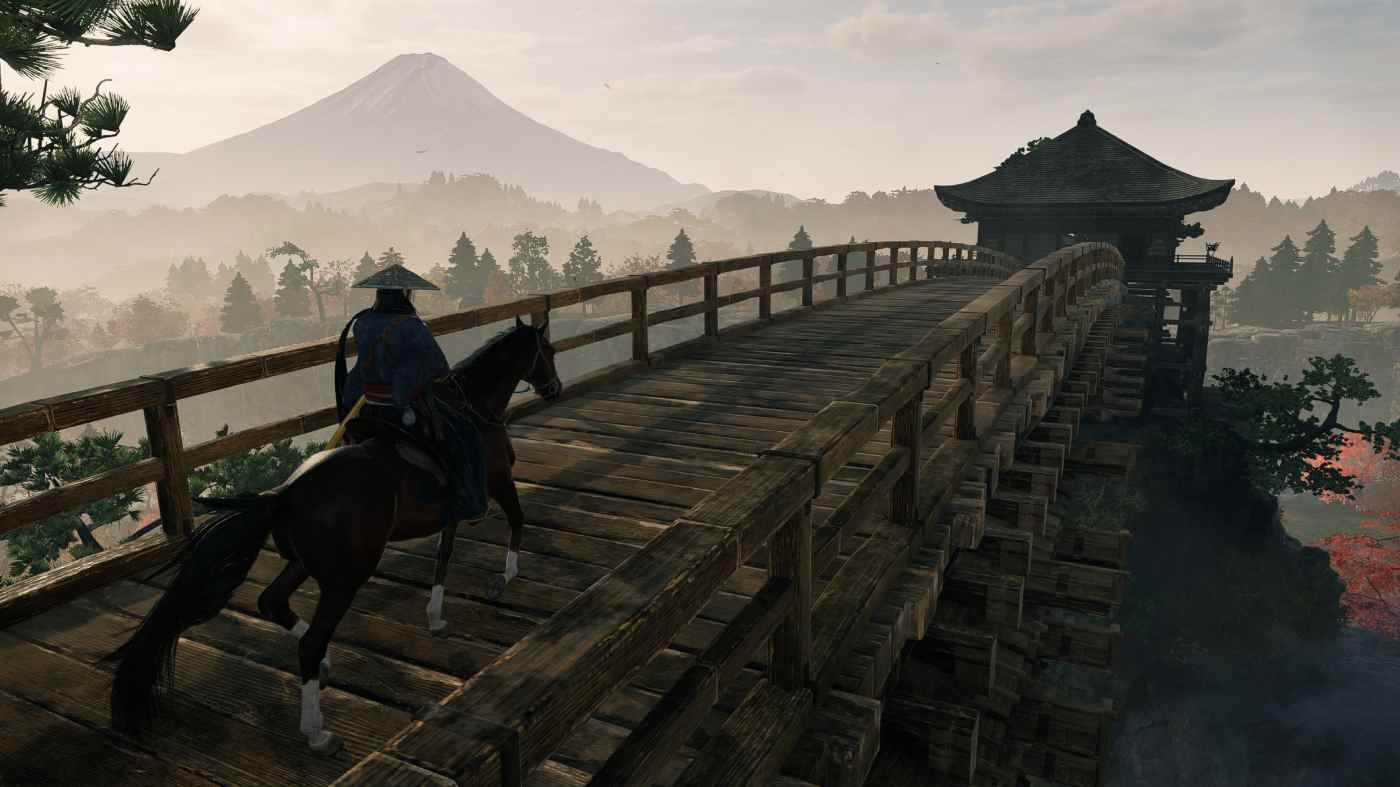
Following Team Ninja’s trend of exploring historical periods of great importance, Rise of the Ronin is set during Japan’s tumultuous Bakumatsu period, famously known as the final years of the Tokugawa Shogunate’s rule after years of isolation while foreigners approach with uncertain intentions. It’s a setting ripe with potential for a game, one we saw relatively recently with last year’s Like A Dragon: Ishin!
You take control of what’s known as a Blade Twin; half of an elite unit warrior unit called the Veiled Edge. Each Veiled Edge is made up of two Blade Twins, and each are trained to dismantle the Shogunate from the inside. After a man in a blue demon mask unexpectedly sabotages an early mission, you’re separated from your Blade Twin and thrust into the conflict-ridden open world. It’s a strong opening that hooks you in with its initial mystery, sowing seeds of anticipation as you get pulled into a power struggle that will decide the fate of a country wrestling with its future.

While storytelling has never been Team Ninja’s strong point, it does feel like Rise of the Ronin places more emphasis on its narrative to varying degrees of success. The explorations of pivotal figures from the time period like Sakamoto Ryoma and Tokugawa Yoshinobu to name a few are endearing and provide a much appreciated level of insight into the motivations and qualities of their real-life counterparts.
The plot itself, though, feels disjointed and unfocused. Between three regions and numerous time periods, Rise of the Ronin is constantly introducing new secondary characters and events to its story. There’s little here that feels like it gets time to breathe as you’re catapulted through battle after battle with antagonists that are swatted way as fast as they’re brought into the fold. The personal plot involving the player character and your Blade Twin also struggles to deliver on the potential it teases, partly due to the sparing use of voicework when it comes to the protagonist.
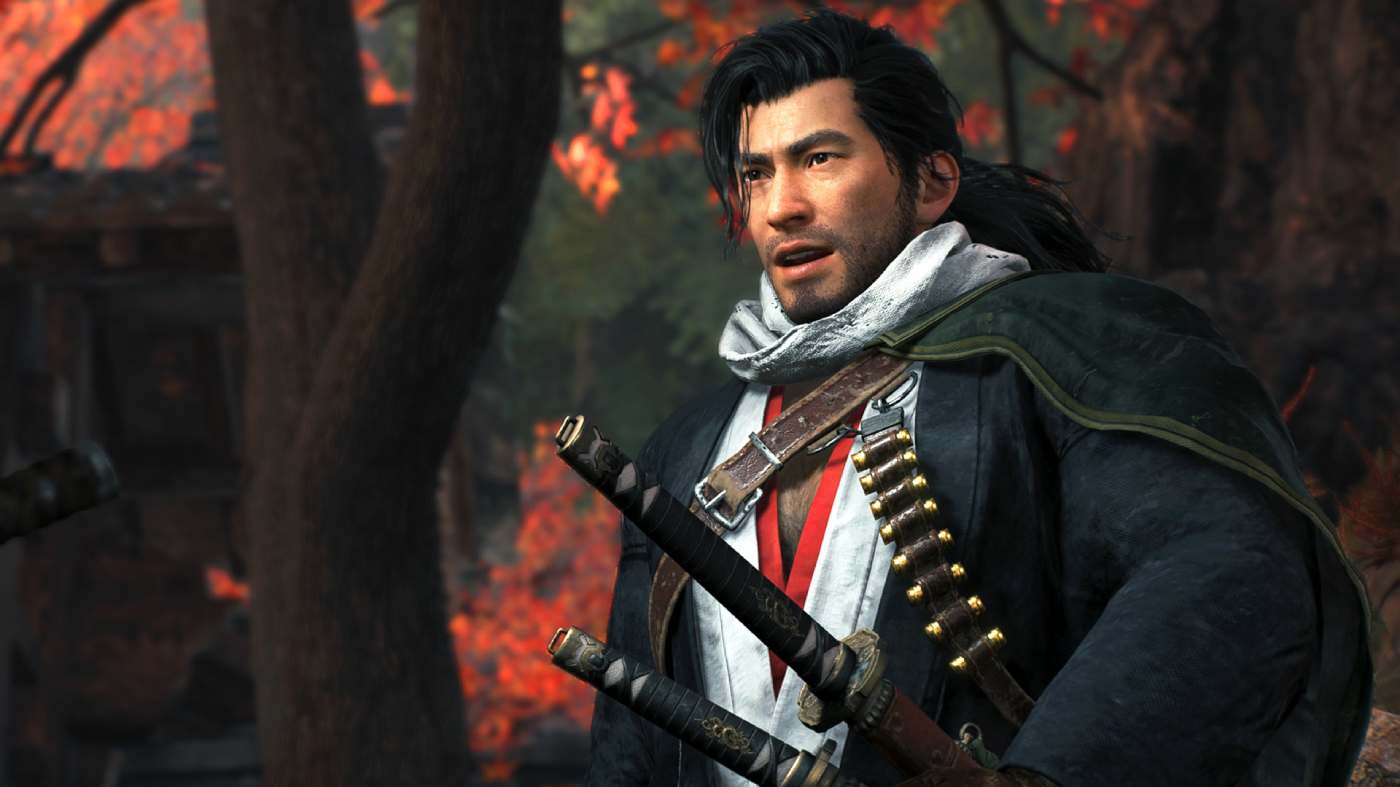
In terms of how Rise of the Ronin structures its gameplay around narrative, things also start out strong and stay that way for a good chunk of the experience. Key story objectives funnel you into parts of the open world for linear missions most akin to what you’d find in Nioh. While these missions are generally much shorter than what you’d find in Team Ninja’s other games, there’s a nice loop established in the early hours, dipping in and out of the open world as you move through feudal Japan and restore order to different regions of the map.
I mentioned in my hands-on impressions that I was concerned about how this rhythm would lend itself to the widened scope brought in with the open world, and it turns out that my worries weren’t entirely unfounded. While I think Rise of the Ronin holds its own for the first 20 or so hours, the last third really struggles to engage. It slings mission after mission at you, each boiling down to exploring an area, fighting enemies, and eventually taking on a boss. Team Ninja’s previous titles weren’t strangers to repetition in mission design, but enemy variety and combat with a ridiculously high skill ceiling kept things fresh.
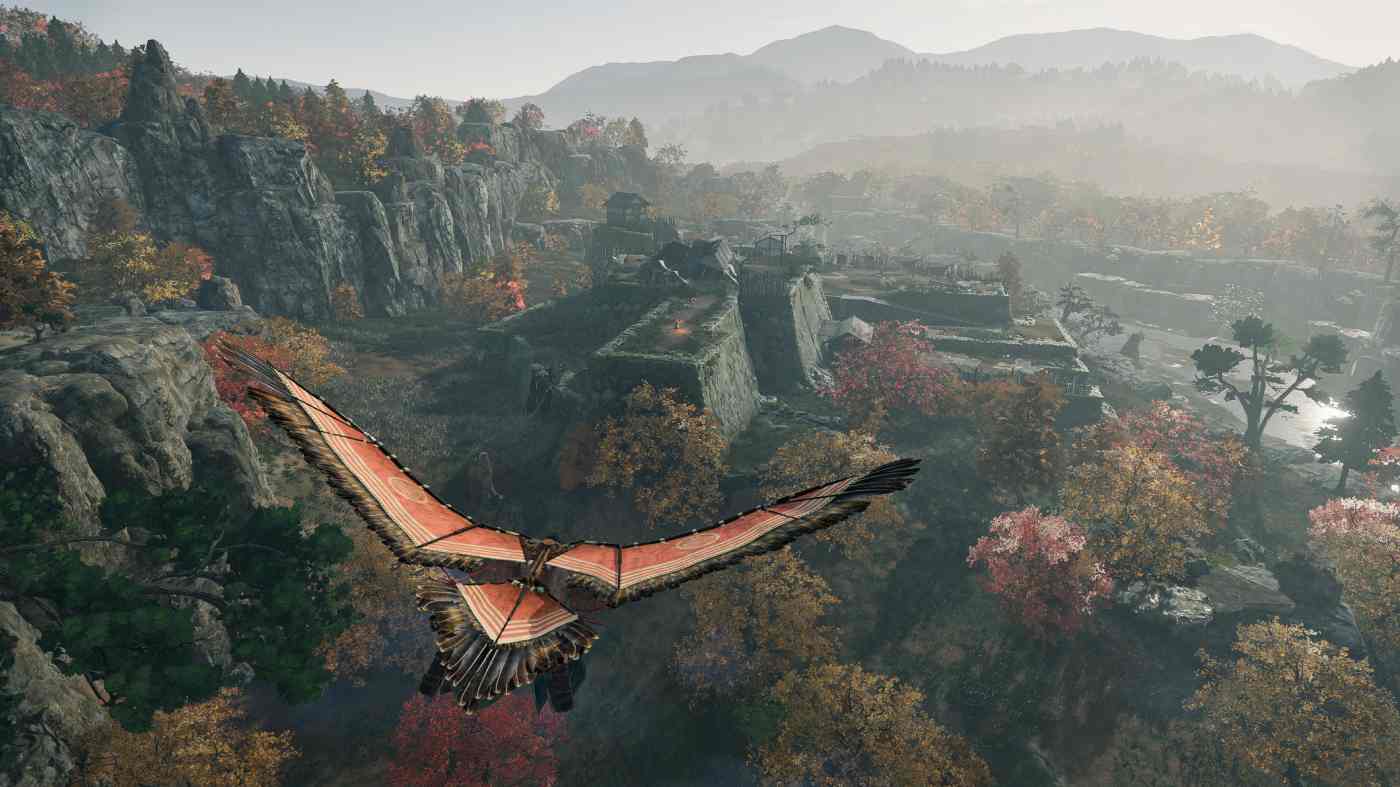
There’s no denying that Rise of the Ronin’s combat framework is less layered than the likes of Nioh or Wo Long, but that isn’t inherently a bad thing. The parry mechanic of Countersparking is consistently satisfying, there’s enough options in your toolset for some fun combo expression, and there’s a healthy assortment of weapon types and combat styles to play around with. The grappling hook is also a fun inclusion, letting you hurl explosive barrels and abandoned weapons at enemies. You can also yank goons towards you, and even throw enemies at each other once you start unlocking certain skills.
THE BEST SHIPPED PRICE IS AT AMAZON FOR $109 WITH FREE RELEASE DAY DELIVERY
There are also Combat Styles, which effectively function as stances. Certain styles are better against specific weapon types, yielding more effective Countersparks and dealing more damage to the all important Ki gauge. These are slowly unlocked as you complete main story missions and side content, imploring you to engage with the open world to cover all of your bases. Styles also come with Martial Skills, which are weapon skills you can perform that cost Ki. These are always very effective at pressuring the enemy, but overuse of them can quickly lead to draining your own gauge.
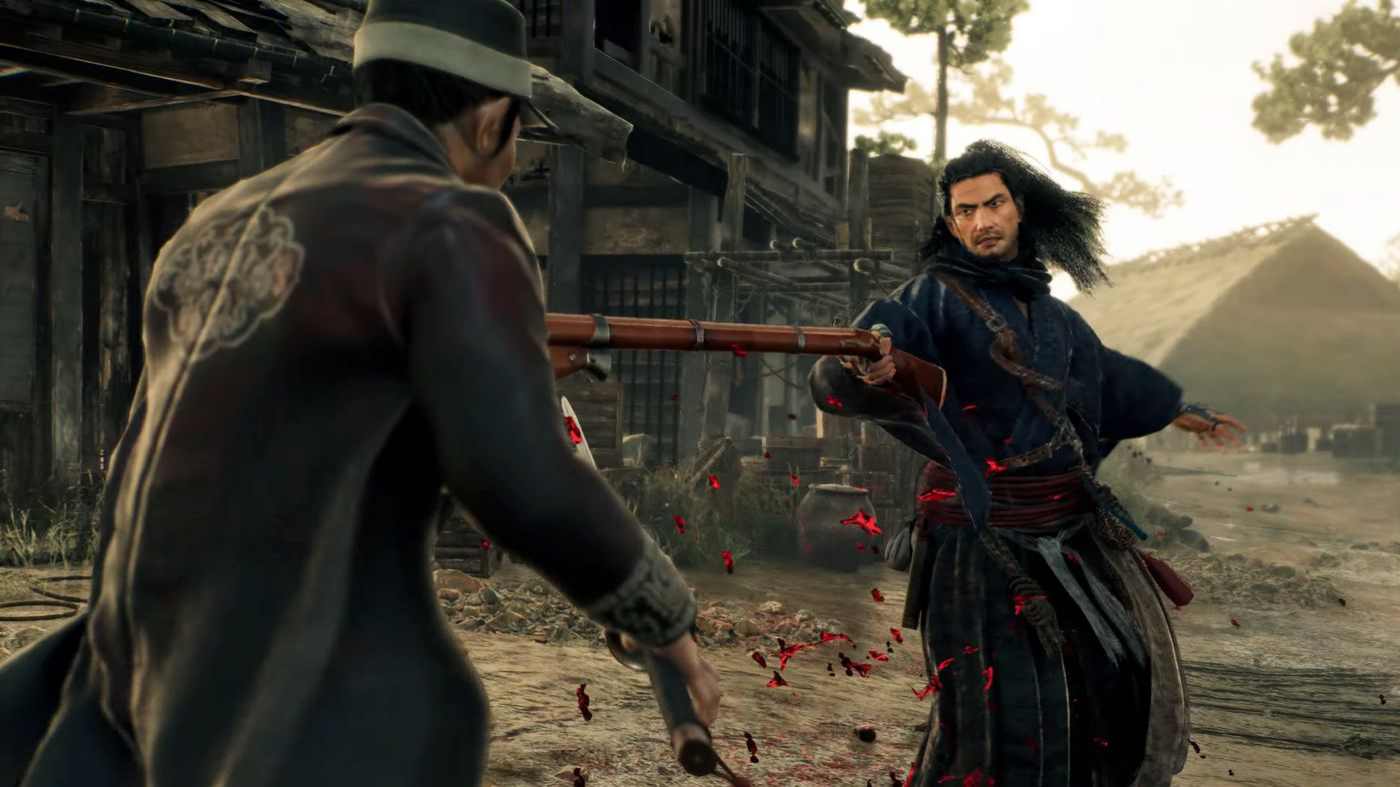
The stealth system, while simple, is remarkably robust. It’s always satisfying to clear an outpost as you stalk from the rooftops and lurk in bushes, getting the drop on unsuspecting enemies and taking out a nearby guard with a chain assassination as he reels from the shock. It provides a lot of flexibility in how you approach enemy encounters – especially in the open world.
The issue, though, is that a combat system like this lives and dies by its enemy variety and thrilling boss fights, both of which Rise of the Ronin fails to deliver on.
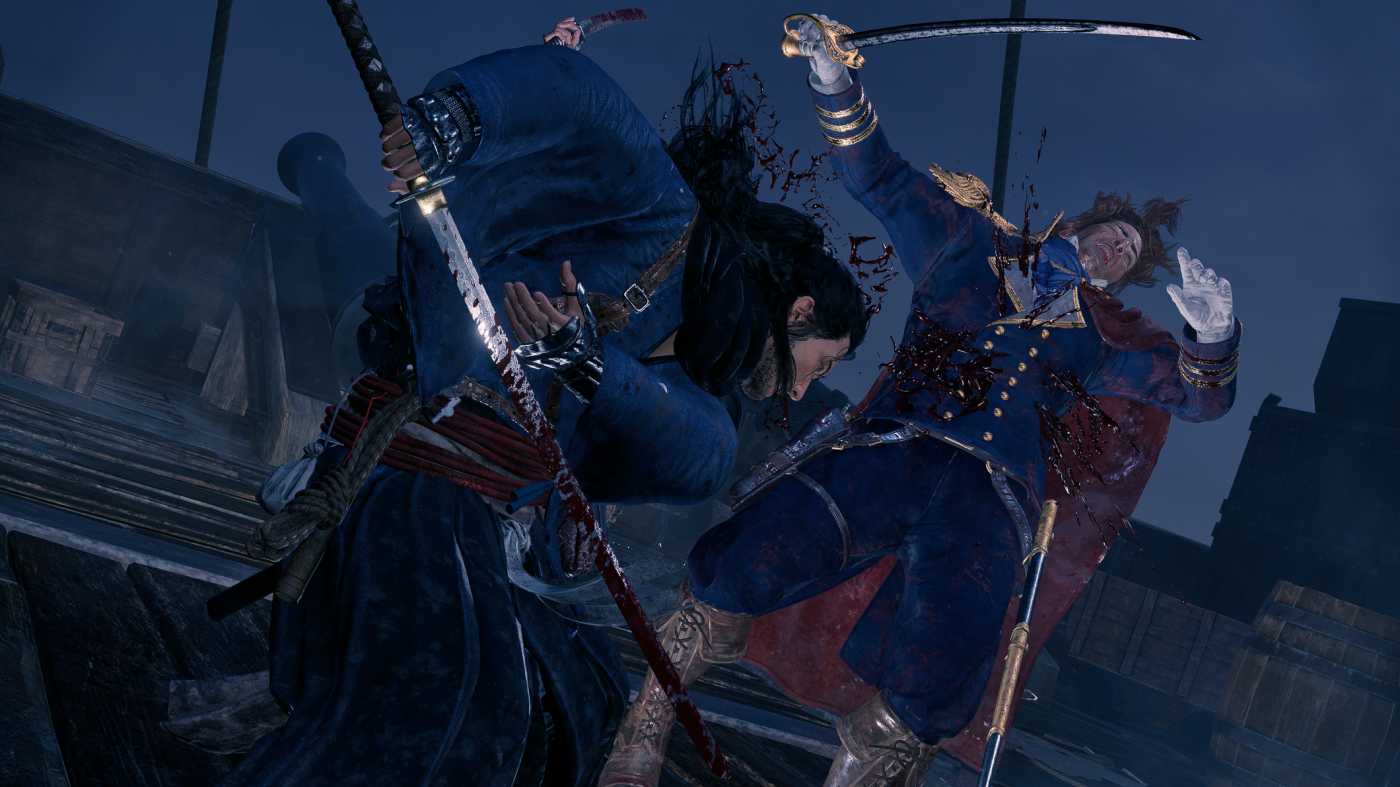
Initially, Rise of the Ronin does a decent enough job at rolling out different varieties of enemies. From standard infantry and lumbering brutes, to ranged snipers that attempt to whittle down your health from distant rooftops. It didn’t take long for me to realise that this is mostly what enemy variety boils down to. Bar a few exceptions, every encounter plays out the same way, and doesn’t require you to become intimately familiar with the move sets and capabilities of your adversaries. It becomes all too easy to fall into a muscle memory that feels more mind-numbing than it is rewarding.
Much the same can be said for Rise of the Ronin’s boss fights. They start strong, serving as climax points for the linear missions that test your understanding of the game’s combat mechanics. Eventually, though, Rise of the Ronin starts reusing its older boss fights excessively. Sometimes solo, but often paired with another boss, which are frustratingly difficult in a way that feels cheap. It rarely feels like the experience has any surprises left in store for the player outside of its final boss, which is a real shame.
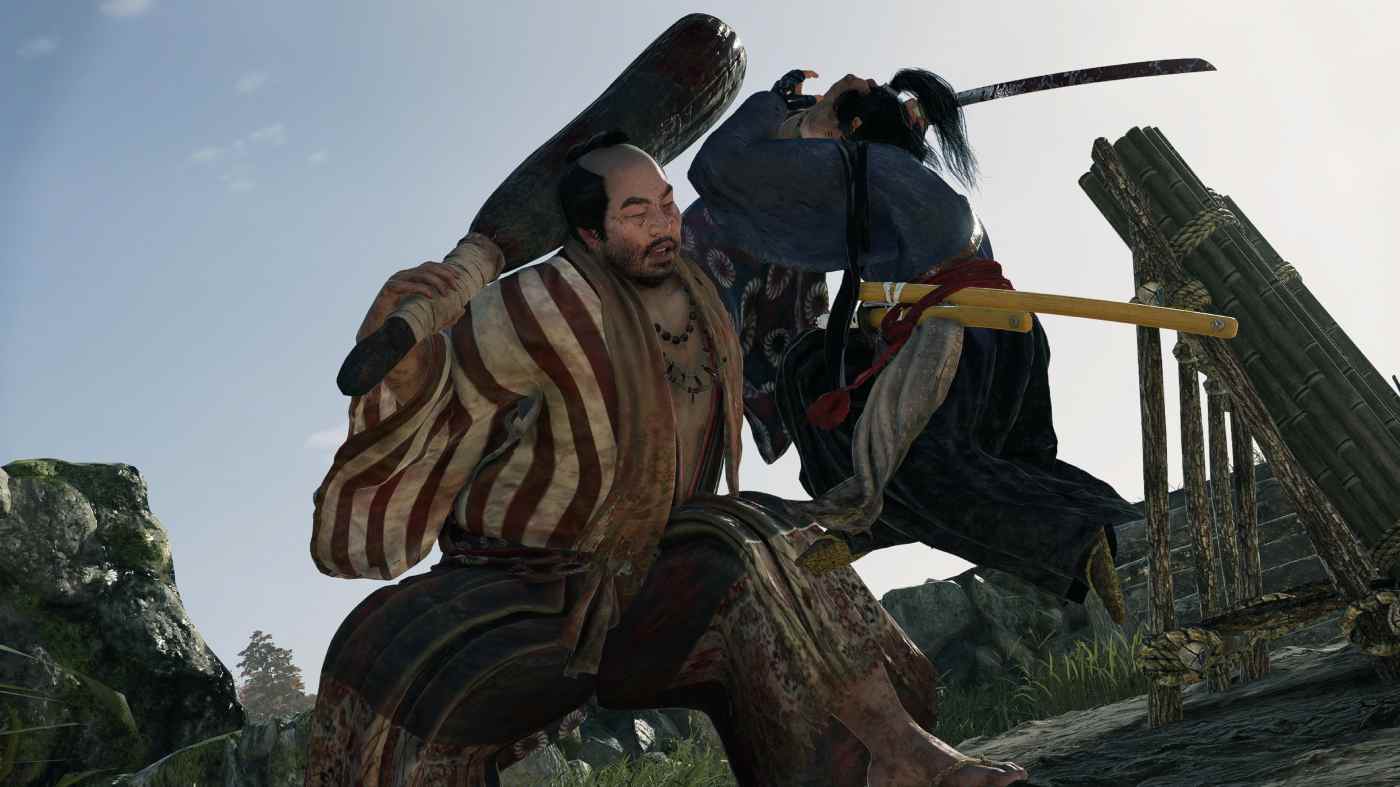
Aside from the third act difficulty spike, Rise of the Ronin feels appropriately challenging on its normal difficulty. As a Souls veteran, I found it was a good level for my first playthrough out of familiarity with the typical Souls-like design trappings and tendencies. There’s also an easier difficulty, which I found much less overwhelming and is a great fit for newcomers. Then there’s another step up from the standard difficulty, and another tier further which functions as a sort of New Game+ mode, bringing a new loot rarity and better gear drops.
Jumping into the open world does serve as a nice way to step away from the repetition of the golden path. Each region is packed with stuff to do, with different activity types netting you different rewards pertaining to numerous progression systems. Whether it be skill points, new gear, or crafting materials, it always feels like you’re progressing and growing your Ronin. I do think that these activities also eventually wear out their welcome, but can ultimately be ignored once you’ve had your fill.
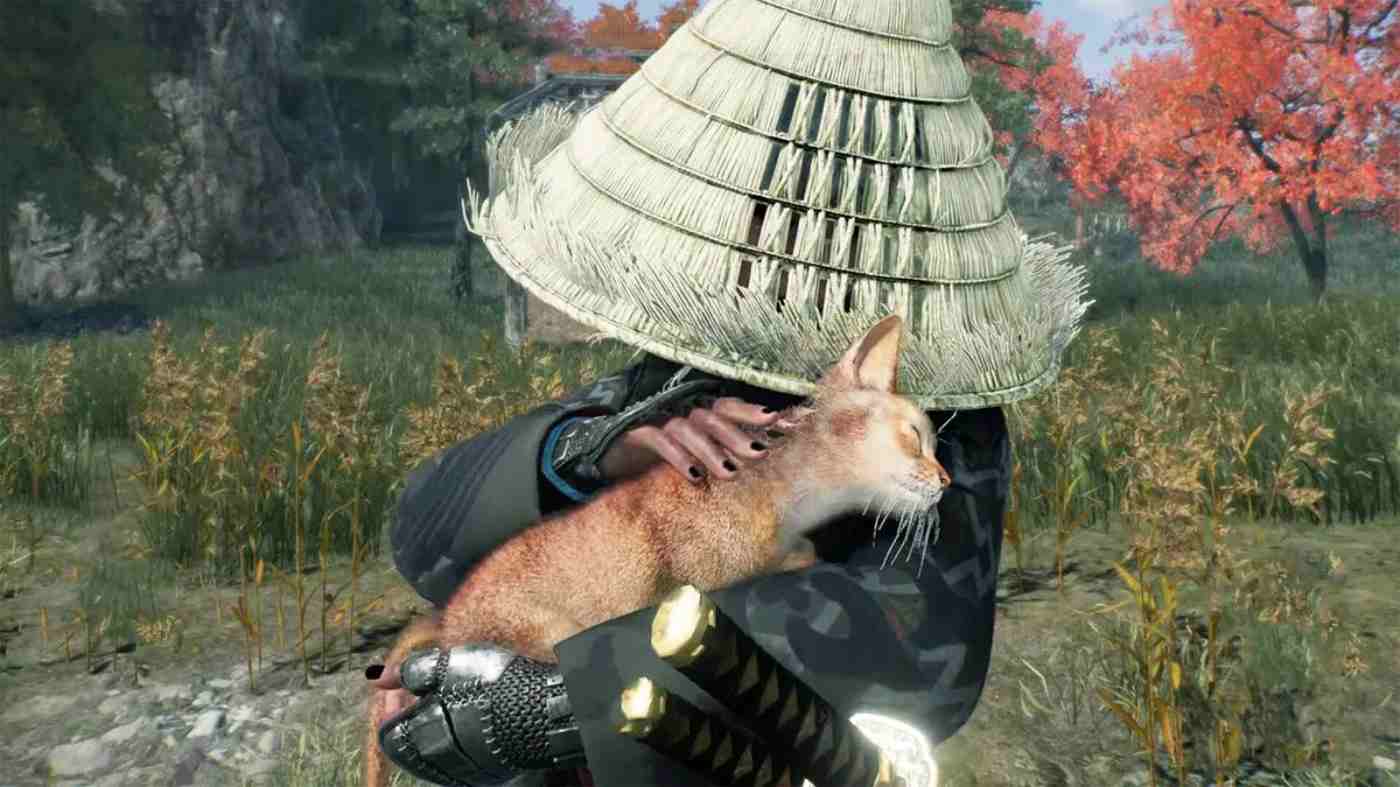
It really helps that traversing the world itself is a blast. You unlock the glider and grappling hook early on, allowing you to soar over the countryside or zip across the rooftops of Yokohama. Horseback traversal is also quite quick if you find yourself unable to get airborne, and the sheer number of fast travel points on the map makes for seamless transport if you’ve already visited an area.
Even though it’s clear that Rise of the Ronin has its roots in Team Ninja’s action DNA, there are also a significant number of RPG elements present. There’s still a plethora of skills to unlock, but this time they’re separated by play styles. Most of the trees present are to be expected, like Strength and Dexterity, but there’s also more niche skillsets like Charm, which influences how you can approach conversations, allows you to pickpocket civilians, and more. It adds a nice layer of depth to the roleplaying aspect of being your own Ronin in this time period.
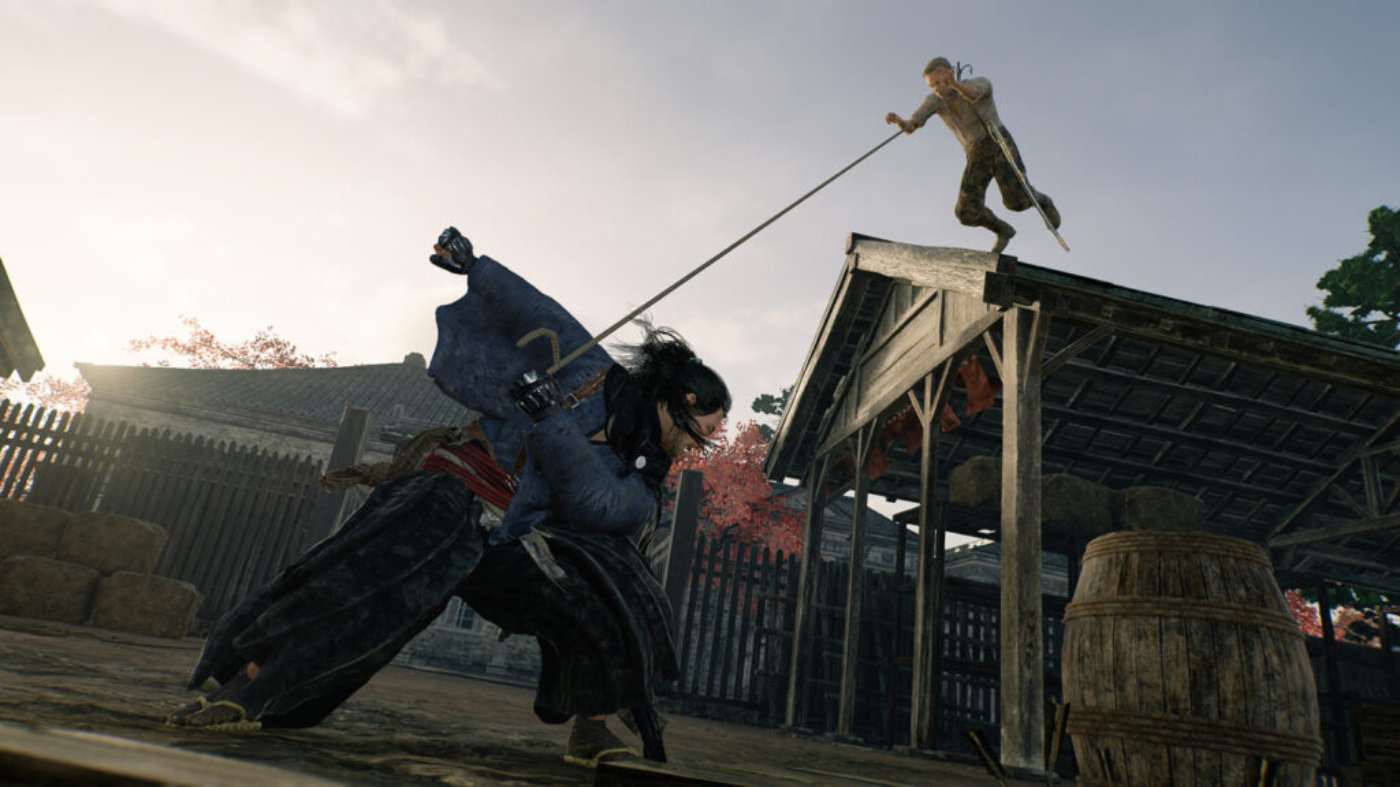
The RPG elements also feed into the narrative through dialogue choices. These have varying effects depending on the context, from influencing your relationship with key characters to siding with different factions at certain points in the story. While there are some excitingly dynamic examples of these choices, the big ones ultimately ring hollow. No matter what you do, the story always unfolds and ends the same way.
It’s understandable given the nature of the story being told here, but it leaves some of the choices feeling cosmetic in nature. The same can be said for dialogue options unlocked through skill trees. Conflict that isn’t key to the main story can be dissolved through persuasion or intimidation, but the same options that present themselves on the golden path don’t do much aside from impacting your relationships or fleshing out the context behind certain events or characters. It feels strange given the emphasis placed on the pro-shogunate and anti-shogunate factions and how your decisions align with those perspectives.
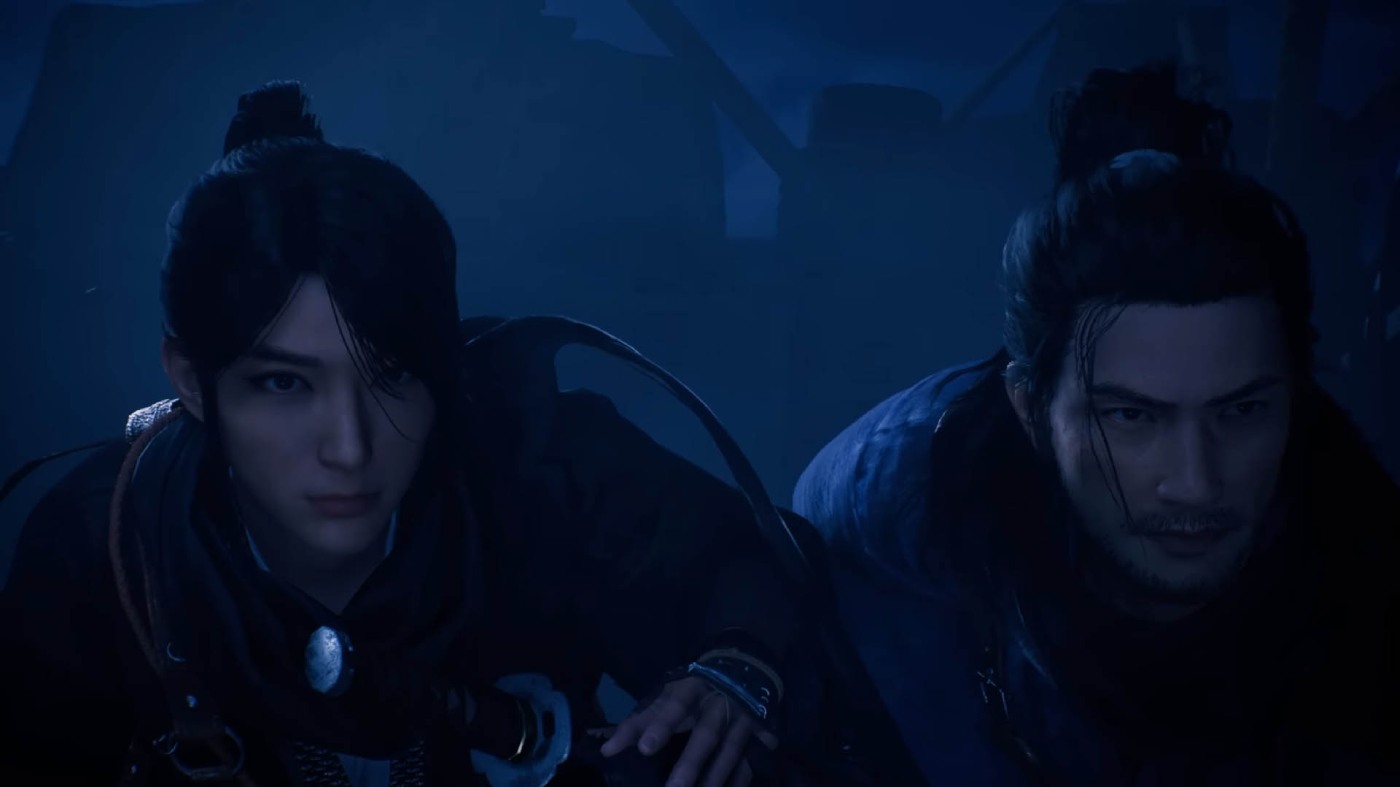
Other more standard skills improve your capacity for combat, healing, stealth, and more. While you can opt to focus on one tree, missions at some point will inevitably call for regular combat, so keeping a healthy spread between all of them is the way to go. It does take out some of the individuality and buildcrafting found in Team Ninja’s previous games, but it also allows you to experiment where that flexibility is afforded. The weapon proficiency system is similarly malleable, so wanting to try out a new weapon type never feels like you’re putting yourself at a disadvantage.
Progression is also inherently linked to the Bond system and by extension, side quests. There are many characters you’ll nurture bonds with through the main story and in side missions. While these don’t reinvent the wheel from a gameplay standpoint, they do offer deeper insight into the numerous side characters of Rise of the Ronin’s story and expand the world. It’s a nice way to get more background on a character who might not have much impact on the main plot, and levelling up a Bond can reward you with Combat Styles, skill points, and gear.
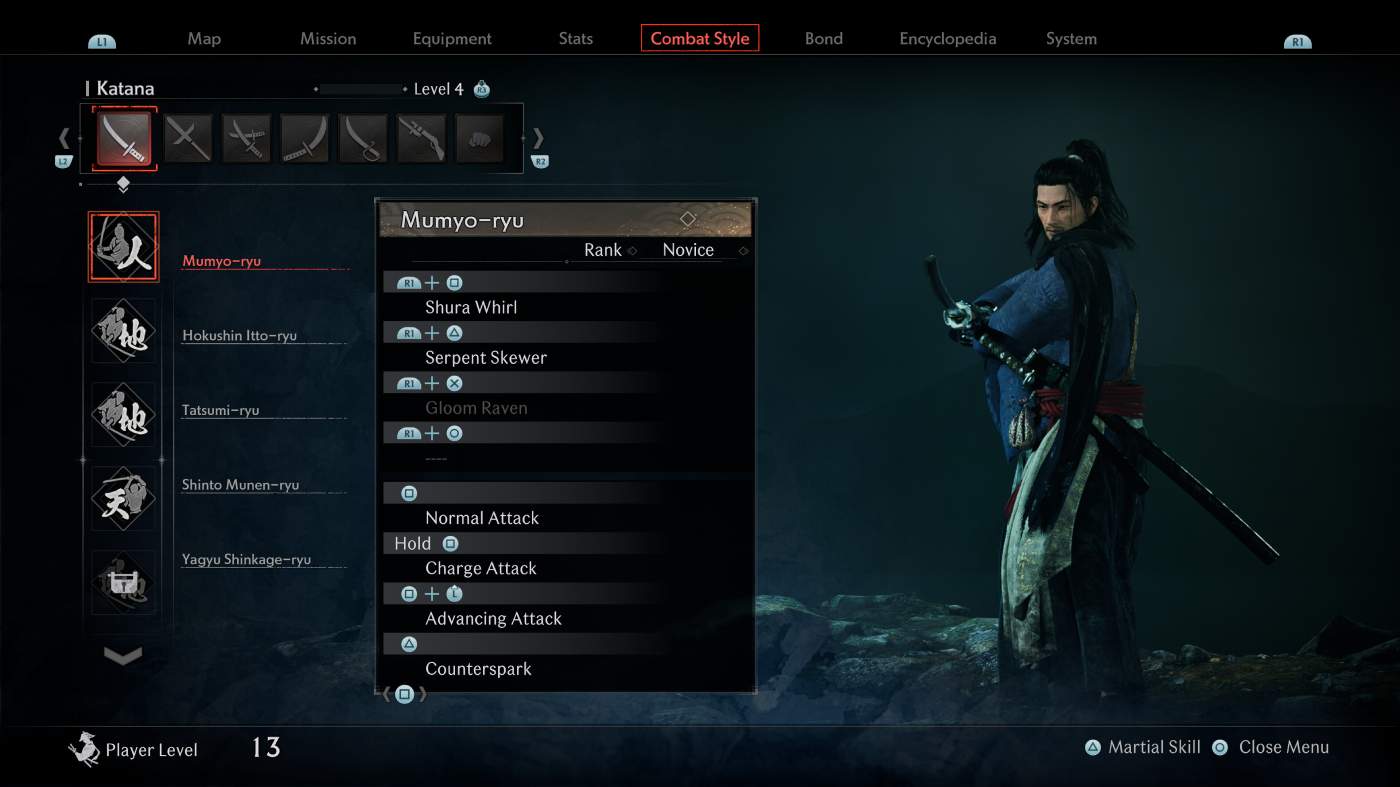
Characters you have bonds with can also be brought on missions to cooperate with the protagonist, allowing you to take control of them when you see fit. These two slots are also open to other players, allowing fellow Ronin to jump into missions with you. It’s particularly handy if you’re struggling with a particular boss, but feels a bit restrictive in that it’s exclusive to missions, and the players that join the session unceremoniously get booted back to their own world once all is said and done. It’s especially jarring in the shorter missions, which only last five to ten minutes.
While Rise of the Ronin won’t be dethroning other first-party PS5 games when it comes to visuals, it’s the art style and DualSense features that stand out the most. Team Ninja’s Souls-like ventures have never been graphical powerhouses from a fidelity standpoint, instead excelling in the realisation of their aesthetics while maintaining smooth performance.

Rise of the Ronin is no different in this regard – the setting of feudal Japan is incredibly well-realised. Towns are bustling with people, densely packed with traditional Japanese architecture and flora. The countryside is also a joy to explore, with lands covered in grass and reeds that sway in the wind with Mount Fuji punctuating a vast skybox. If you want to trade off performance for fidelity, Rise of the Ronin also offers a graphics mode and a ray tracing mode, both of which look great, especially during sunrise and sunset.
The DualSense also goes a long way to adding immersion to the whole experience. There’s a load of haptic feedback as you move about the world or ride on horseback. Whether it’s the simple rhythm of your footsteps hitting the ground, or the the clashing of steel as you Counterspark enemy blows, the feedback strikes a nice level of tactility as you explore or engage in combat that I wish more games included. It also makes use of adaptive triggers when using ranged weapons or your grappling hook, which is consistently satisfying.
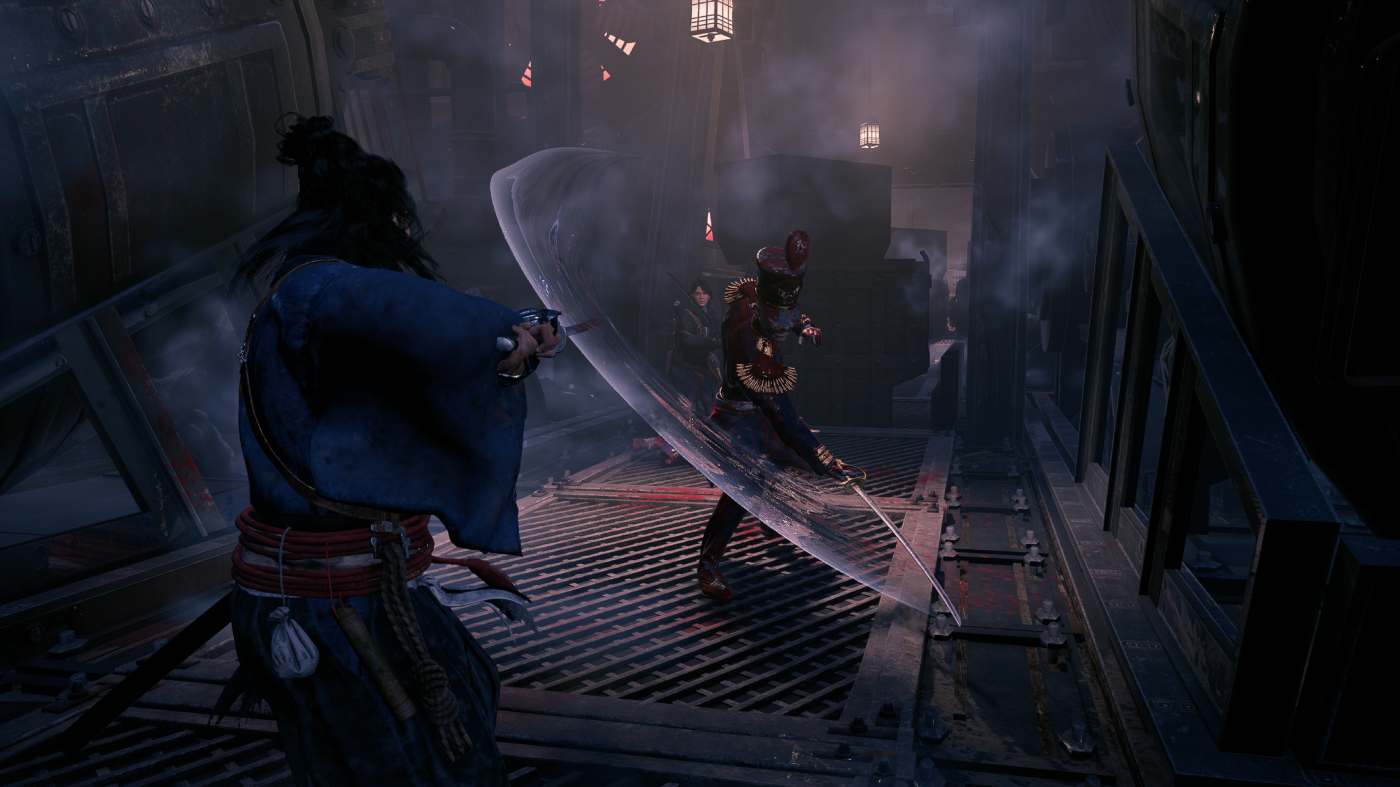
While Team Ninja have been on a bit of a hot streak recently, Rise of the Ronin does feel like a step back in its totality. It gets off to a strong start with a slick combat system and simple yet effective gameplay loop that both fall victim lacking enemy variety and boss design – especially in the third act. Its RPG elements are simultaneously engaging and undercooked, allowing for a remarkable amount of flexibility in some areas, while feeling surface level in others. It’s still a mostly enjoyable experience, but doesn’t quite match the pedigree of Team Ninja’s other recent outings.



